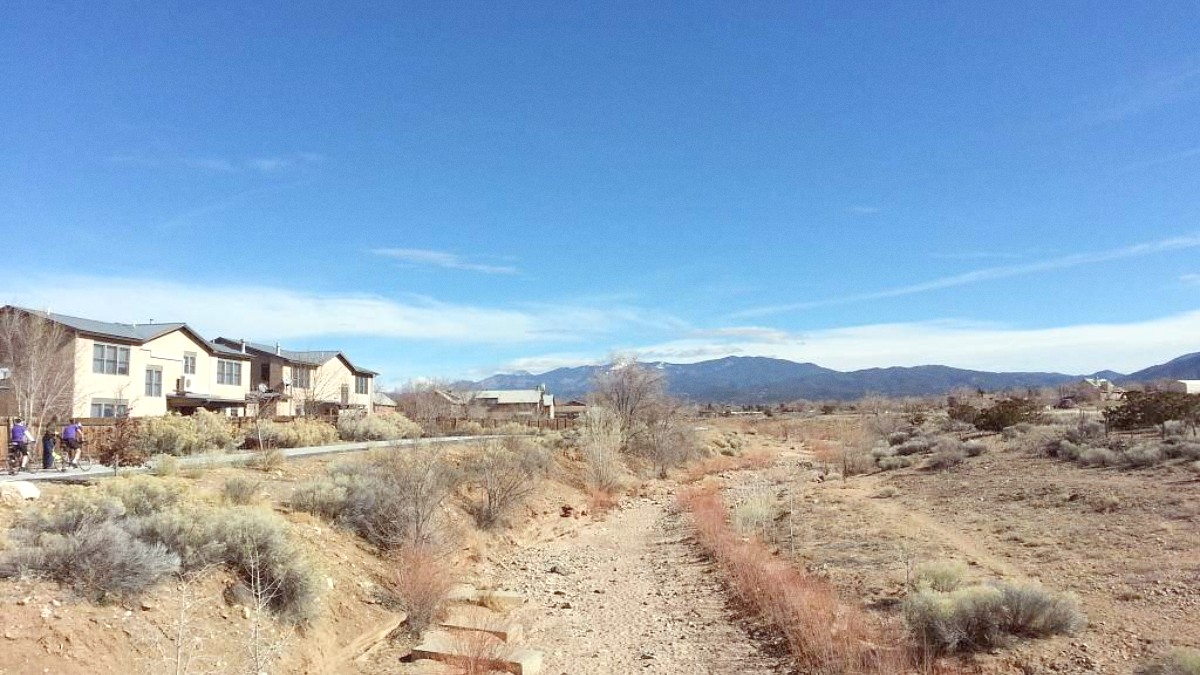
USA
Santa Fe sits at approximately 7,200 feet (2,194 meters) above sea level, giving it a high-desert climate. This means distinct seasons with ample sunshine.
Temperatures can change significantly between day and night. Prepare for these swings by dressing in layers.
Fall has beautiful foliage and pleasant temperatures. December and January are busy for winter sports and holiday festivities. You find the widest array of tours and events.
Expect higher prices for accommodation and flights. Attractions and restaurants have larger crowds. Summer afternoons may bring thunderstorms. Book popular tours and accommodation far in advance.
June-August, Sept-Oct, Dec-Jan
Widest array of tours, events; peak foliage; ski season.
Higher prices, larger crowds, summer thunderstorms.
April-May, Early November
Fewer crowds, moderate temperatures, lower prices, blooming flora.
Windy in spring, reduced hours for some attractions, fewer large events.
Feb-March, Early December
Lowest prices, fewest crowds, good for winter sports.
Cold weather, possible snow/ice, limited outdoor activities, shorter daylight.
Mid-July through August marks the monsoon season. This brings afternoon thunderstorms, which, while usually brief, can cause flash flooding in arroyos (dry creek beds). Never enter a flooded arroyo, even if the water looks shallow; currents can be strong, and the water rises quickly. Check local weather forecasts for flood warnings, especially if you plan hiking.
Summer daytime temperatures can exceed 90°F (32°C), but nights cool down significantly, sometimes by 30 degrees or more. Winter temperatures can drop well below freezing, especially at night. Pack layers to adapt to these fluctuations.
At 7,200 feet, sun exposure is more intense, and dehydration may occur quickly.
Visitors may experience mild altitude sickness symptoms like headache, fatigue, or dizziness for the first day or two.
Drink more water than usual. Give your body time to adjust before strenuous activity.
Intense UV radiation. Use sunscreen and wear hats/sunglasses.
Consider an Electrolyte supplement to aid hydration.
For international visitors, knowing United States visa and entry needs is important. Plan well in advance to avoid any issues.
Your nationality determines the visa type you need for entry into the United States.
Gather all necessary documents before your trip.
Make copies of all important travel documents, both digital (saved to a cloud service or email) and physical.
Plan your budget carefully for a trip to Santa Fe. Costs vary based on your travel style and preferences.
The currency in Santa Fe, and throughout the United States, is the United States Dollar (USD or $).
ATMs are widely available for cash withdrawals. You find them at banks, grocery stores, and convenience stores. Major credit cards (Visa, MasterCard, American Express, Discover) are universally accepted at most businesses. Currency exchange services are limited outside major airports; it is good to exchange some money before arrival or use ATM withdrawals.
Daily Costs: $100 - $175 USD per person. Think hostels, budget motels, groceries, casual diners, public bus, and free attractions.
Accommodation: Hostel dorm or budget motel ($40-$80).
Less flexibility for spontaneous luxury or high-end experiences.
Daily Costs: $200 - $400 USD per person. This style allows for more comfort and varied experiences.
Accommodation: Mid-range hotel or B&B ($120-$250).
Some planning needed to avoid exceeding budget on dining or tours.
Daily Costs: $500+ USD per person. This travel style prioritizes premium experiences and amenities.
Accommodation: Luxury hotel or resort ($300-$800+).
The highest price point, but access to exclusive experiences.
| Category | Description | Price Range (USD) |
|---|---|---|
| Accommodations | Hostels to Luxury Hotels | $40 - $800+ per night |
| Meals | Casual to Fine Dining (per person) | $10 - $150+ per meal |
| Transportation | Public Bus to Rental Car (daily) | $1 - $100+ |
Your well-being is a top priority during travel. Know health and safety information for Santa Fe.
No vaccinations are for entry into Santa Fe, New Mexico (USA).
Santa Fe sits at 7,200 ft. Symptoms: headache, nausea, fatigue, dizziness. Drink more water than usual, avoid strenuous activity on arrival day, limit alcohol and caffeine. Consider an Electrolyte supplement.
High altitude intensifies UV radiation. Use broad-spectrum Sunscreen (SPF 30+), wear a Wide-brimmed hat, Sunglasses, and protective clothing.
Hospitals and Urgent Care
Santa Fe has reliable healthcare services. Excellent medical facilities are available.
CHRISTUS St. Vincent Regional Medical Center: 455 St Michael's Dr, Santa Fe, NM 87505. This is the main hospital.
Several urgent care centers exist for non-emergency medical needs. Major pharmacies like CVS and Walgreens are throughout the city.
Tap water in Santa Fe is safe to drink. Food safety standards are high in restaurants. Eat street food from reputable vendors with high turnover.
Santa Fe is generally a safe city for tourists. Petty crime, like pickpocketing or car break-ins, can occur in crowded tourist areas or parking lots. Be aware of your surroundings, secure valuables, and avoid leaving items visible in parked cars.
Wildfire risk is highest in late spring/early summer. Flash flooding can occur during monsoon season (mid-July to August). Winter storms may bring heavy snowfall. Check local advisories.
Keep this information accessible during your trip.
Travel insurance is highly recommended for international visitors.
A policy can cover unexpected medical emergencies, as U.S. Medical costs can be very high.
Coverage for trip cancellation or interruption.
Protection for lost luggage and other unforeseen events.